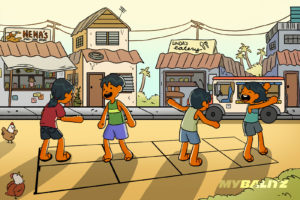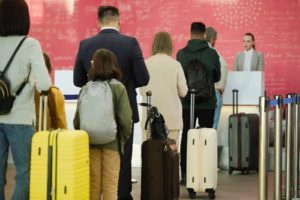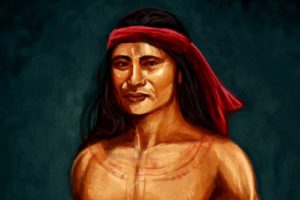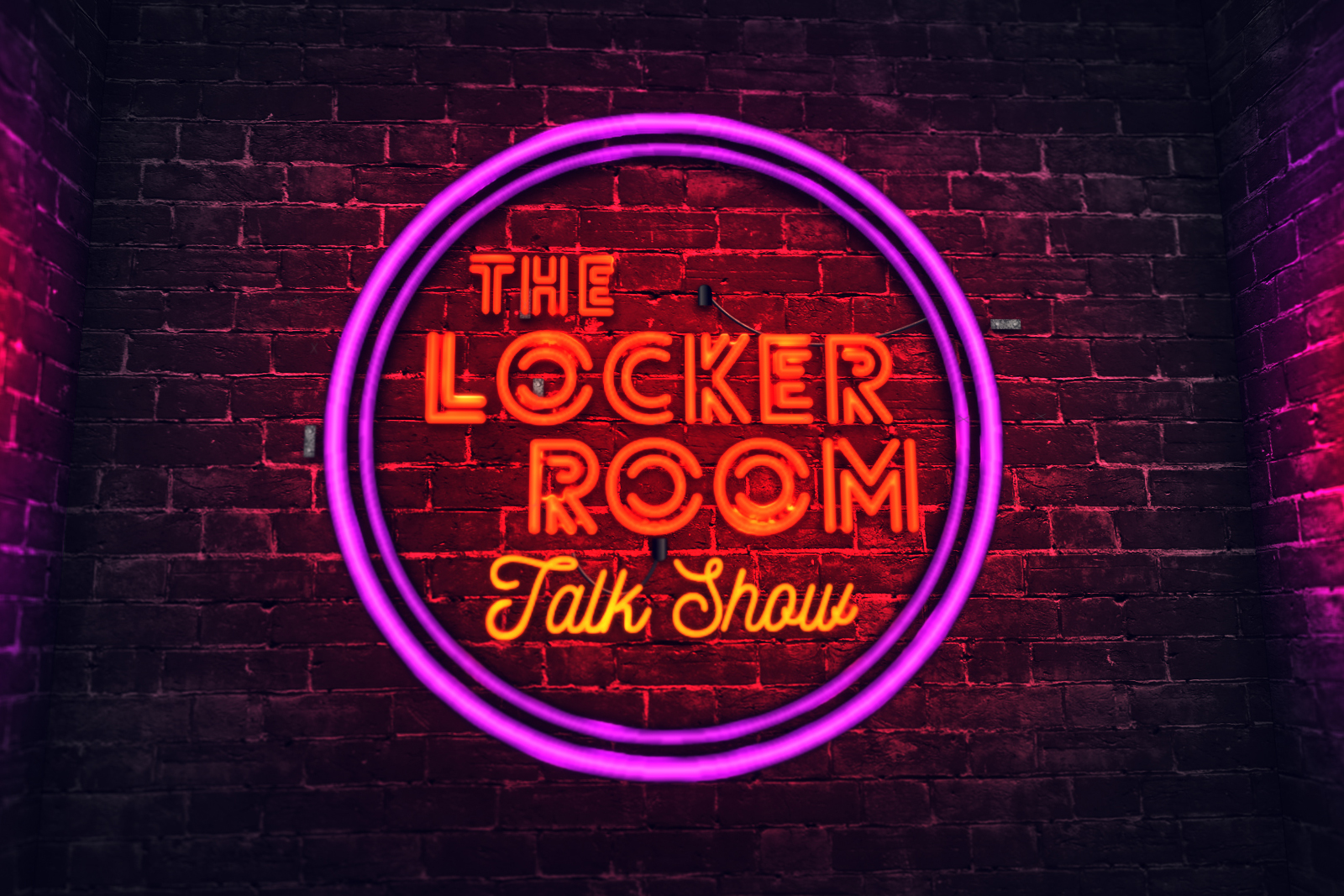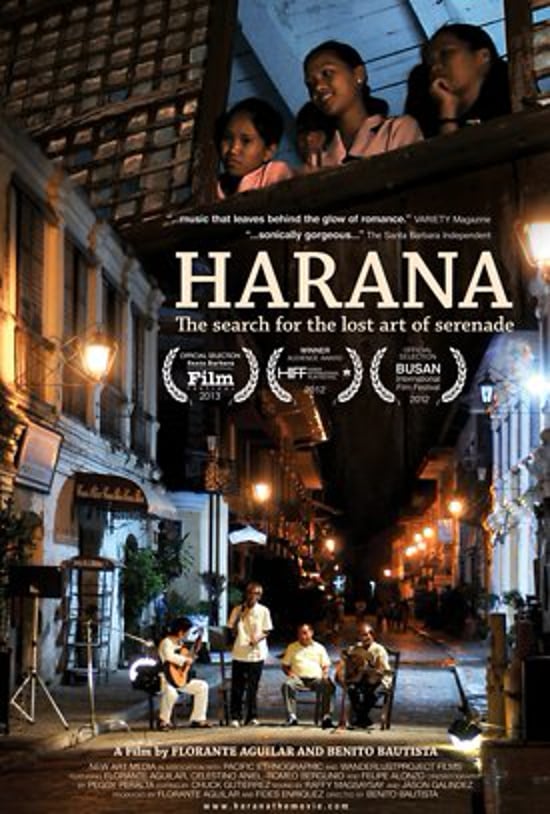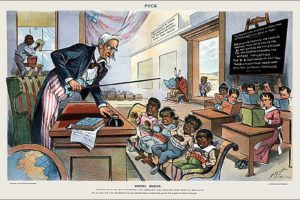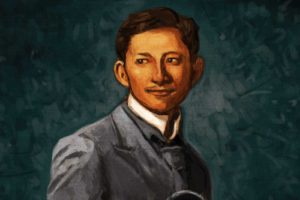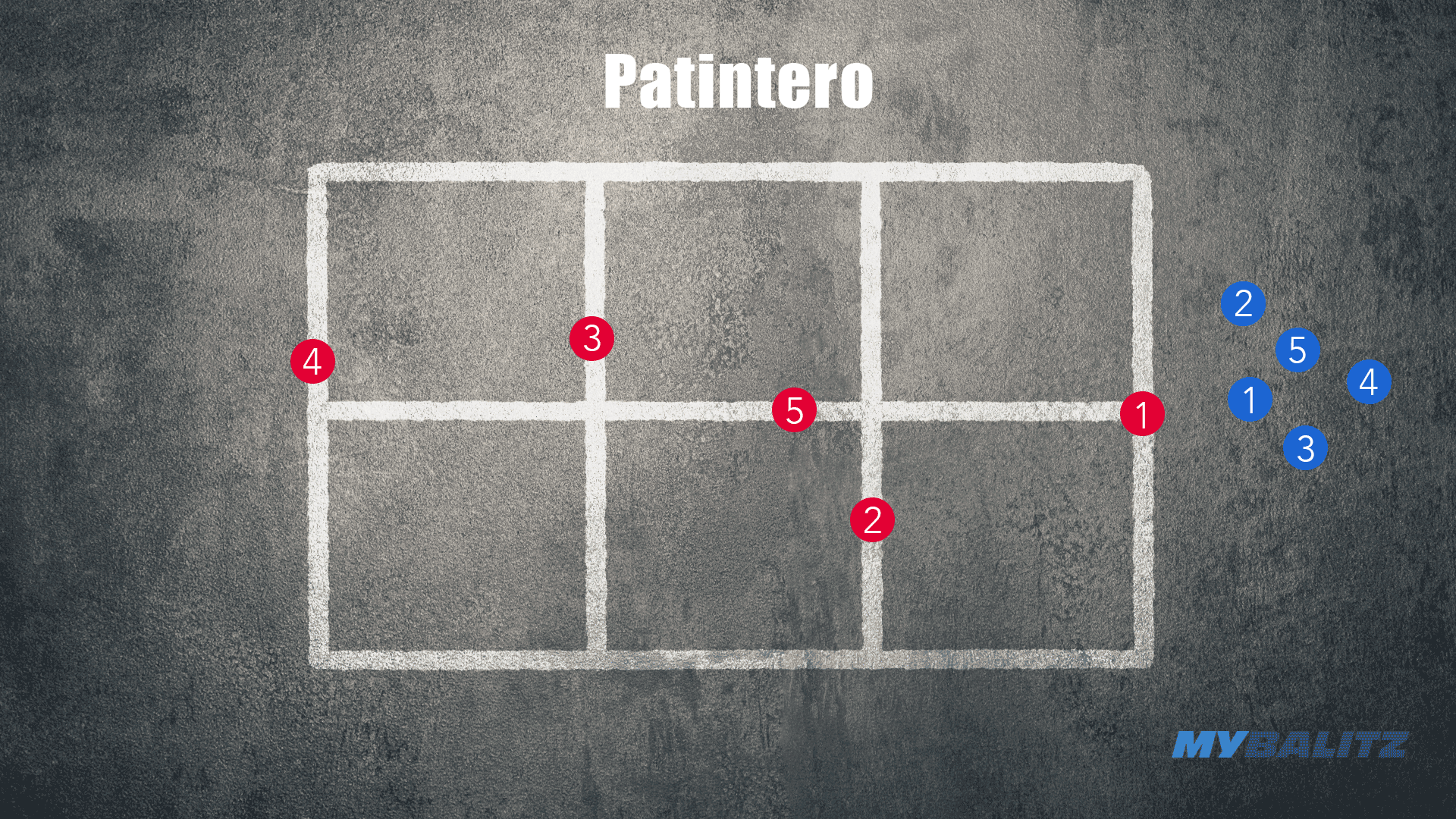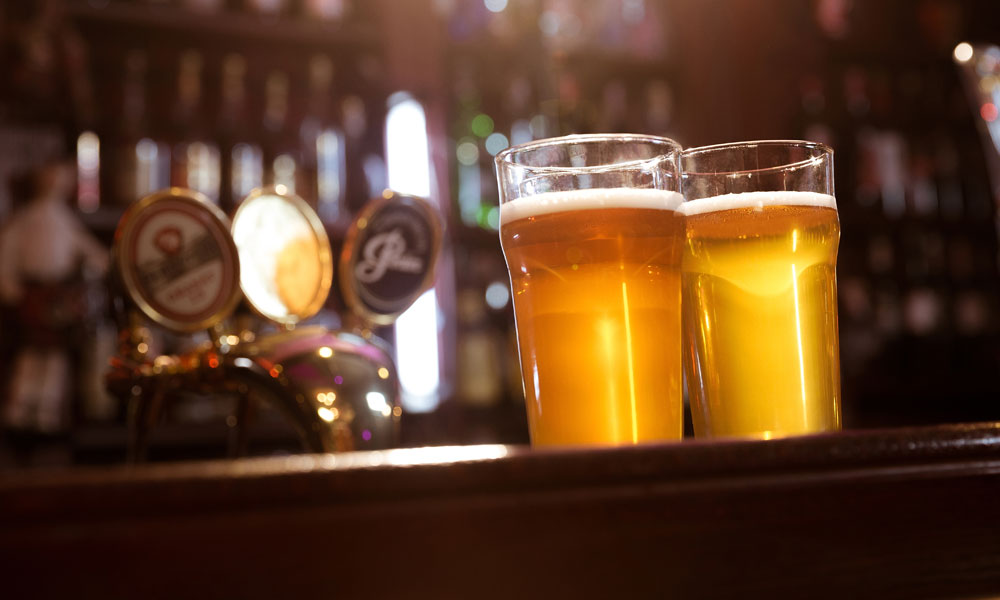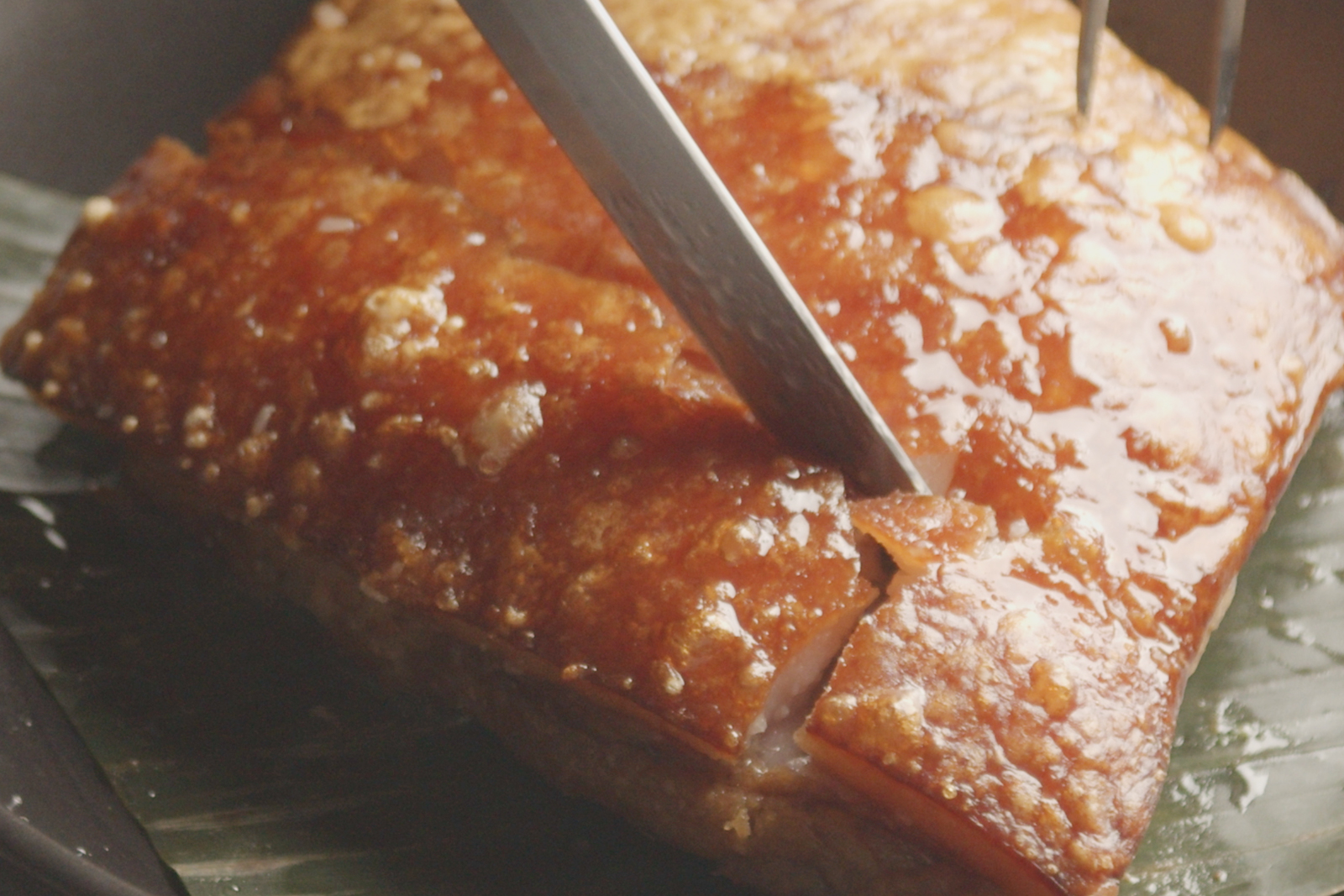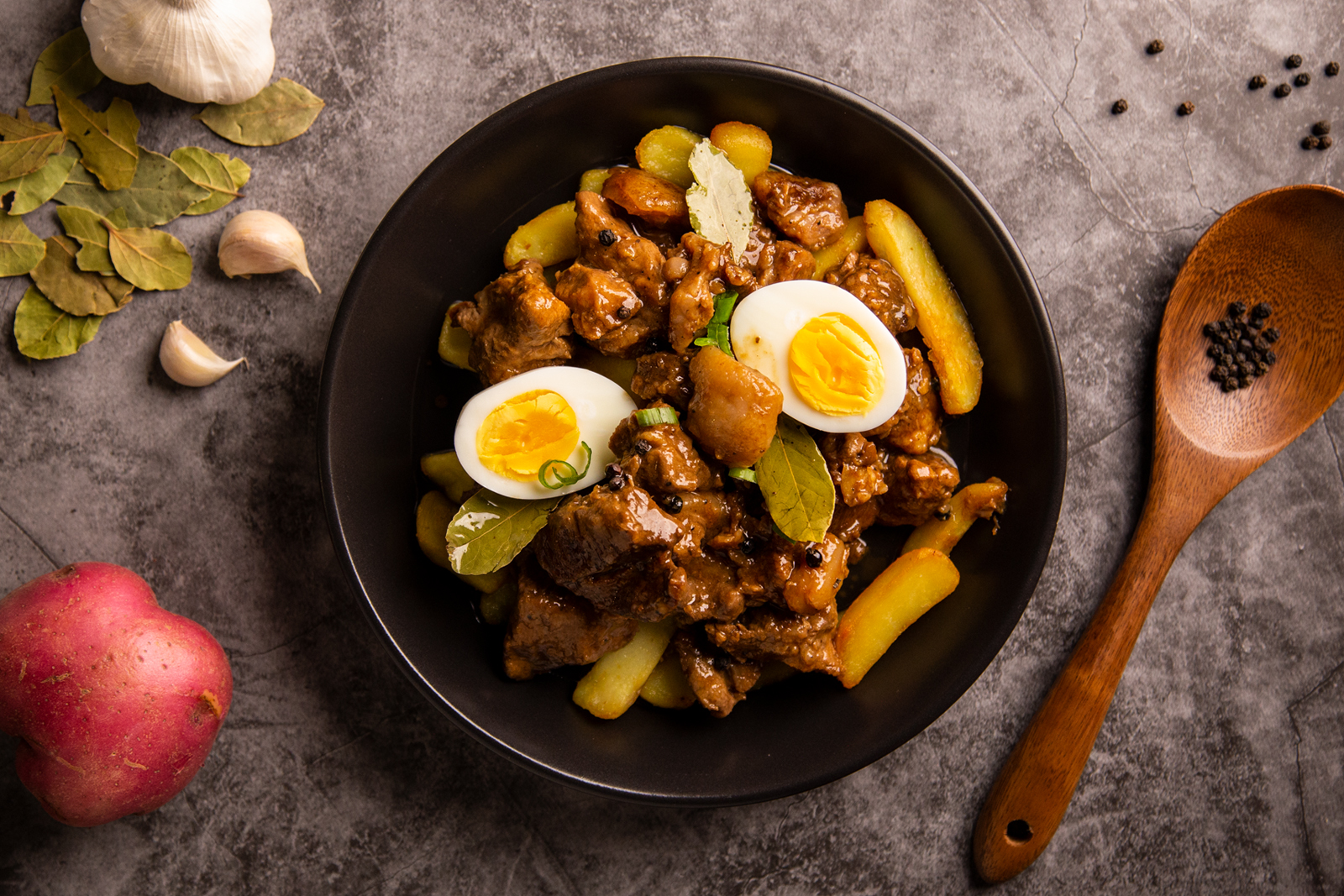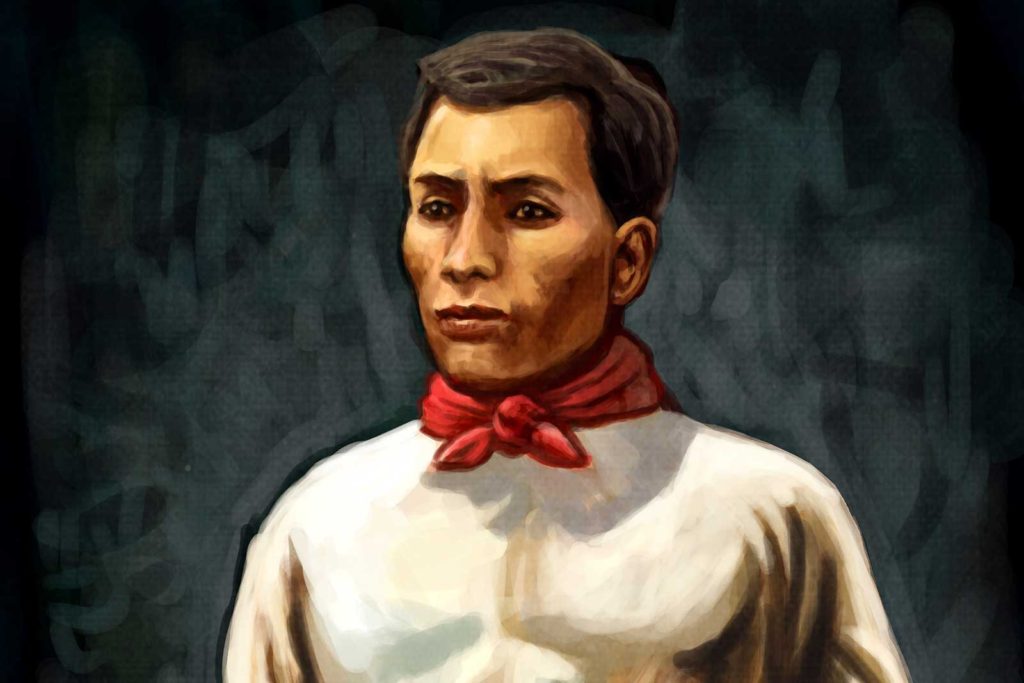
Owing to his leadership in creating the secret revolutionary organization called the Kataastaasang Kagalangalangang Katipunan (KKK), Andres Bonifacio’s title was Supremo but he is also known as the Father of the Philippine Revolution. He is not, however, the national hero of the Philippines. And a lot of people wonder why.
Ironically, Bonifacio was a contemporary of Jose Rizal, the Philippines’ national hero. Born on November 30, 1863, Bonifacio was just two years younger than Rizal but they were born and lived lives that were worlds apart. Perhaps owing to the often diametrically opposed differences in class, education, and upbringing of these two historical figures and their polarized political views on the propriety or efficacy of an armed revolution, scholars of history pit Rizal against Bonifacio. Pro-Bonifacio adherents assert that it is Bonifacio, not Rizal, who deserves to be the national hero because Bonifacio actually began the revolution and fought in it while Rizal opposed revolution from the start and was only accused of having conspired in starting it—a charge he denied until his death.
Pro-Bonifacio adherents assert that it is Bonifacio, not Rizal, who deserves to be the national hero because Bonifacio actually began the revolution and fought in it while Rizal opposed revolution from the start and was only accused of having conspired in starting it—a charge he denied until his death.
Bonifacio was born in the outskirts of Intramuros, in the district of Tondo while Rizal was born in the provincial town of Calamba, Laguna. One could say, Bonifacio was the city kid and Rizal was the country bumpkin. Normally, with these stereotypes, one would think that Bonifacio would be more street smart than Rizal. And for the most part, Bonifacio was a man of action and passion while Rizal was more philosophical.

Neither Rizal nor Bonifacio were true-blue indios. Rizal’s family was of Chinese descent. Among his forebears was a Chinese trader who later changed his last name to Mercado and married a Filipino. Because the Chinese were often treated harshly by the Spaniards of Intramuros, Mercado decided to move his family to Calamba, Laguna and changed their family name again into Rizal. They belonged to the merchant class (hence the name Mercado) and they intermarried with indios. From the wealth accumulated from the trade in sugar, the family gained land holdings.
In contrast, Bonifacio’s father was an indio tailor whose mother was a Spanish mestiza. Bonifacio’s father was teniente mayor of Tondo (a petty political official) while his mother worked as a cabecilla (supervisor of a factory line) in a cigarette factory. Clearly, they were a working-class family but they were not poor. The descendants of Bonifacio assert that the family owned the lot on which their family home stood. The family’s fortunes changed when Bonifacio’s father died when Bonifacio was in his early teens. Thus, Bonifacio had to help his mother earn money to feed his numerous siblings. Bonifacio was enterprising—he made and sold fans during the times that he was not working as a bodeguero (warehouseman). He read voraciously in his spare time and although his formal education was limited, he was rather well-read.
Bonifacio excelled in the artistic field, as well. He was an actor and he often played roles in community presentations, exhibiting familiarity with traditional Philippine literary forms such as the awit, the korido, komedya, cenaculo and the pasyon. He also read fiction avidly, favoring the novels of Victor Hugo and Alexandre Dumas. When Rizal’s two novels came out, Bonifacio devoured them. He idolized Rizal and took Rizal’s views about Filipino culture to heart.
Both Rizal and Bonifacio were Masons—at the time when the Spanish clergy strongly influenced the economy and the politics of the Philippines, to be a Mason meant they turned their backs on the Roman Catholic church.
Both Rizal and Bonifacio were members of La Liga Filipina, a reformist association of Filipino patriots who sought to work towards providing education and economic progress for Filipinos and equality for Filipinos with the Spaniards.
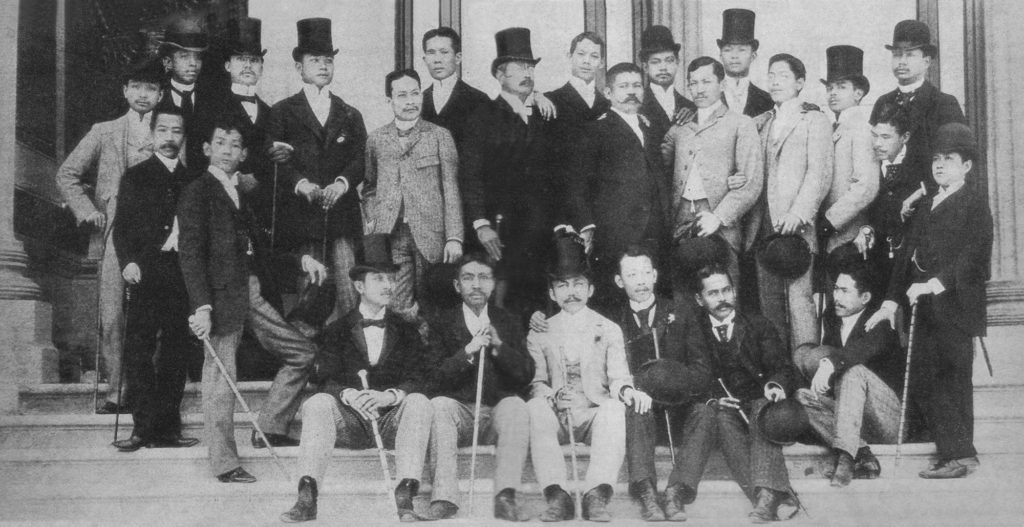
Some have dismissed Bonifacio as a copycat of Rizal, that he merely mouthed the same ideas and yearnings for freedom and equality that Rizal had eloquently expressed long before Bonifacio. The ideas may be similar but the most telling difference between Rizal and Bonifacio was the language they used in articulating their political views. Rizal essentially wrote in Spanish because he addressed his views to the Spanish colonial government as well as the Spanish Crown. By using Spanish, Rizal’s posture was that of a supplicant asking the Spanish Crown for a grant of liberties. On the other hand, Bonifacio wrote in lyrical Tagalog because he addressed his political ideas to the greater mass of Filipinos, stirring their patriotic fervor, urging them to remember their ethnic and racial roots, asking them to reflect on their oppression and calling them to act on freeing themselves from the colonial overlords. Clearly, Bonifacio was seeking independence and sovereignty, and not any reform that Rizal aspired to.
Both Rizal and Bonifacio had the idea of Filipinos as a nation. Rizal depicted the unnamed masses of Filipinos in the opening of his novel Noli Me Tangere as a homogeneous community of people with common aspirations. Bonifacio took this idea further—he called all native inhabitants of the islands (mga tumubo sa sangkapuluang ito) as “Tagalog” or “Katagalugan” even if they spoke Ilocano or Pampango or Visayan. By using the word “tagalog” Bonifacio was referring to the small communities who lived by the rivers (“taga-ilog”) who had culture, language, and art even before the Spanish colonizers came to the islands. By doing this, Bonifacio was urging Filipinos to recall the time before the Spanish colonizers came.
At the time that Rizal was exiled in Dapitan, Bonifacio’s KKK had already swelled in membership and they were gathering and stashing bolos and stealing muskets from Spanish garrisons. However, even before setting a definite time for declaring the start of the revolution, Bonifacio sent Dr. Pio Valenzuela to Rizal in Dapitan to seek his counsel or blessing and support on their planned armed uprising. Armed uprisings in the Philippines by the indios have been numerous in the past and the colonial government was always having to quell armed unrest by the populace.
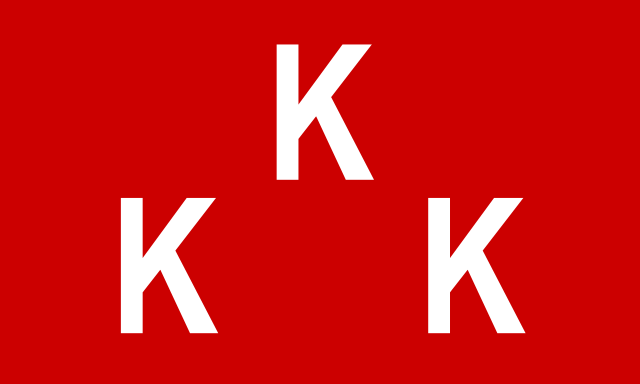
Rizal, of course, told Bonifacio through Valenzuela that he thought that an armed uprising was inappropriate and was doomed to fail for the simple reason that Filipinos did not have arms. Rizal’s opinion was practical—he could not see how a revolution fought with bolos could succeed against Spaniards armed with muskets, and Remington and Mauser rifles.
But even if Bonifacio wanted to heed Rizal’s sound practical advice, the population was restive. There was an armed mutiny in Cavite in 1872, just 24 years prior and three Filipino priests Mariano Gomez, Jose Burgos, and Jacinto Zamora were implicated such that were publicly executed by garrote (choking them with a metal collar that was tightened until the neck and spine were crushed). Their gruesome public execution was a warning to all who were planning armed uprisings. But instead of being afraid, Filipinos in the provinces around Intramuros were seething. The Spanish civil government cracked down in a reign of terror trying to quench any wisp of insurrection. Some chapters of the Katipunan held meetings and assemblies nightly and they were beginning to arouse suspicion, curiosity, and interest in the community.
Then, the secret society founded by Bonifacio was discovered when one member confessed to a priest his membership in the KKK and how their members were sending messages to each other and who was keeping a roster of members. Manhunts and arrests of named members started.
Bonifacio and the chapter heads of the Katipunan met in secret in the house of the son of Melchora Aquino in Balintawak. Bonifacio described their predicament as comparable to a woman who will give birth prematurely. They took a vote and a majority of the chapter heads decided to revolt. As proof of their decisions to revolt, at midnight of August 24, 1896, the assembly tore their cedulas and vowed to fight to the end. The cedula was significant because it was a form of identification for the purpose of paying taxes. Those who had no cedulas were arrested, imprisoned or fined. When they tore their cedulas, the Katipuneros shouted, “Ligtas na tayo sa pagka-alipin! Mabuhay ang ka-Tagalugan!” (We are freed from slavery! Long live the nation of Tagalogs!)
At this meeting of the Katipunan, Bonifacio was elected as the Supremo. This meant that he was head of the Revolutionary Katipunan but it also meant that he was the effective head of the sovereign nation and government of the free Tagalogs. He was El Presidente de la Republica Tagala. Bonifacio also designated his cabinet members. A year later, the revolutionary government wrote their constitution and affirmed that on August 24, 1896, the KKK ceased to be a mere revolutionary secret society but became an independent sovereign state.
Sadly, infighting among the groups of citizen militias and volunteer armies created a rift in the Katipunan. The rivalry between factions the Magdiwang faction on one hand, and Gen. Emilio Aguinaldo’s Magdalo faction struggled for leadership in Cavite. They then invited Bonifacio to mediate between them in a meeting in Imus. However, when it was clear that Bonifacio favored the Magdiwang, the meeting broke off.
They decided to meet again in Tejeros to discuss plans to defend the province of Cavite. But a call for an election of officers of the revolutionary government was made. Bonifacio’s position as Supremo of the Supreme Council of the Katipunan was shunted aside. Gen. Emilio Aguinaldo was elected by the assembly of Cavitenos present as President. The Aguinaldo faction clearly considered themselves superior to Bonifacio as they were more affluent and more educated. Aguinaldo was an ilustrado while Bonifacio was from the working class. Bonifacio was politically outmaneuvered by Aguinaldo.
In a face-off, the supporters of Aguinaldo cheered “Mabuhay ang Supremo ng Katipunan!” referring to Aguinaldo who then sought to depose Bonifacio. To this, Bonifacio himself replied, “Mabuhay ang Haring Bayan!” This passionate response of Andres Bonifacio revealed his truest aspiration for the revolution to birth a sovereign Filipino people—this was his goal. The personal desire to be named Supremo of a revolution that he started was clearly subordinate to that goal of Filipino nationhood.
Bonifacio refused to recognize the election of the revolutionary government in Tejeros because the leaders of the other provinces were not present. Aguinaldo accused Bonifacio of treason and ordered his arrest. Bonifacio was executed on Aguinaldo’s orders sometime on April 1897 in the mountains of Maragondon, Cavite. The actual burial site of Bonifacio is still unknown to this day.
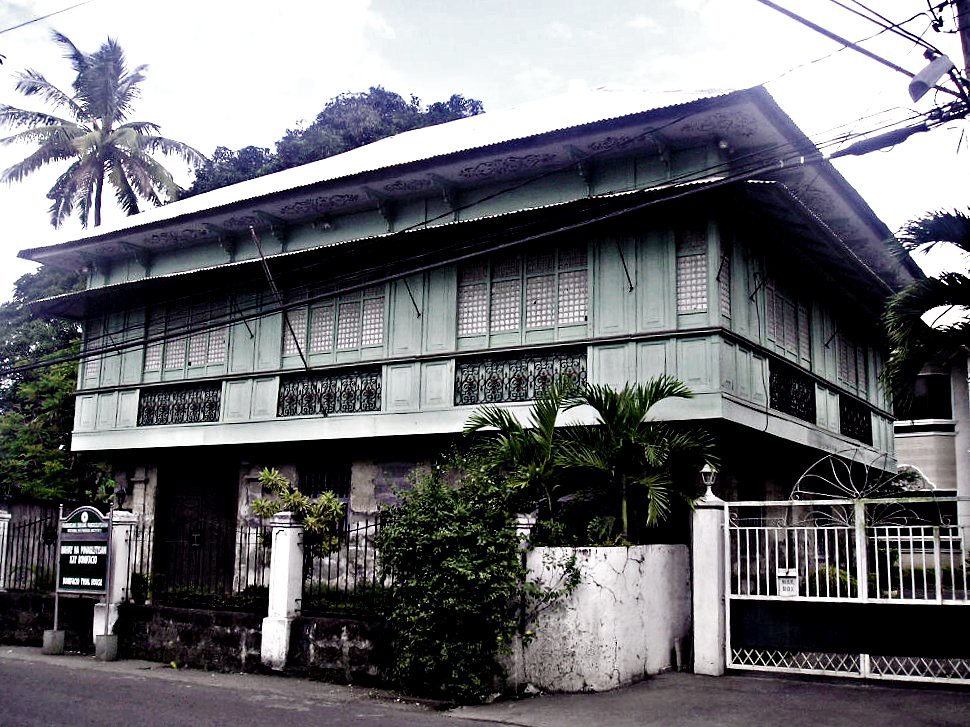
So, why isn’t Andres Bonifacio the national hero of the Philippines? Well, in 1904, after the US declared the end of the Philippine-American War, they did not want to make the same mistake as the Spaniards in denying the Filipinos their own nation (it was too late for that). The US wanted a “benevolent assimilation” of the Philippines into the commonwealth of nations. Under this doctrine, the US will tutor the Filipinos in the fine craft and science of nationhood.
In truth, the US wanted to manage the nationalistic fervor of the Filipinos so that it did not burst into another conflagration of revolution. They decided that recognizing one of the fallen (dead) heroes of the Philippine Revolution against Spain was a way of achieving all that because if they chose to honor a Filipino revolutionary who was still alive, he may become a rallying point for revolt anew. They decided that the national hero ought to be a Filipino (born in the Philippines, and of Filipino ethnicity), exhibited lofty love for the nation, and above all, one who exhibited a calm temperament who would be able to unite the Filipinos without agitating them toward armed struggle. Clearly, Andres Bonifacio fit all the selection criteria except for the last – Bonifacio was a man whose ardent passions propelled him to fight for nationhood at the expense of his life. He was not the hero the Americans wanted.
Sources:
Agoncillo, Teodoro A. History of the Filipino People (Eighth Edition). C&E Publishing (1990). Pp. 145-148.
Anderson, Benedict R.O.G., Imagined Communities: Reflections on the Origin and Spread of Nationalism. London: Verso, 1991.
Constantino, Renato. The Philippines: A Past Revisited. (Volume 1). 21st Printing, 2009.
Guerrero, Milagros C. and Schumacher, John N. (eds.) Reform and Revolution. Volume 5 of Kasaysayan: A History of the Filipino People. Asia Publishing Company, Ltd., 1998.






